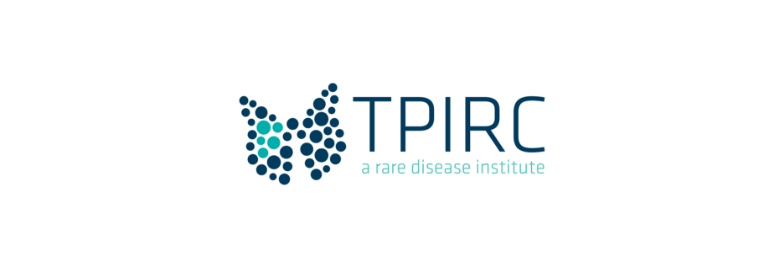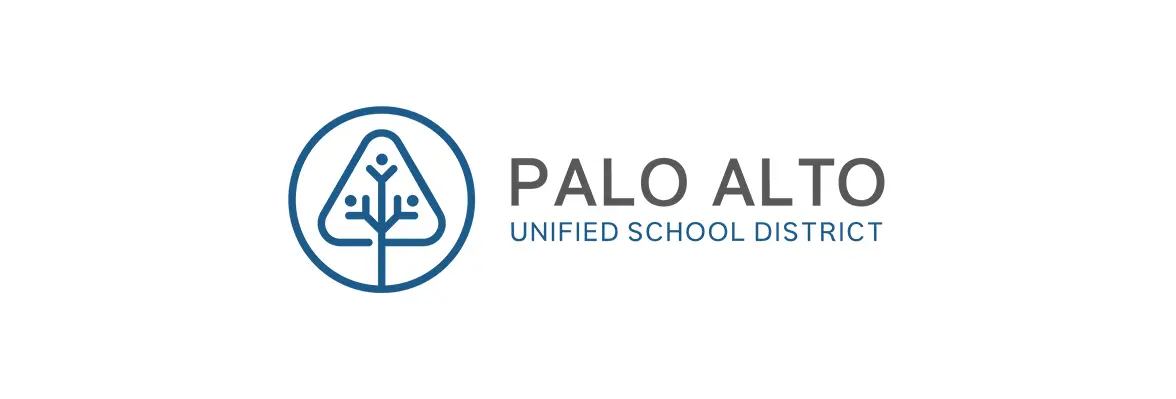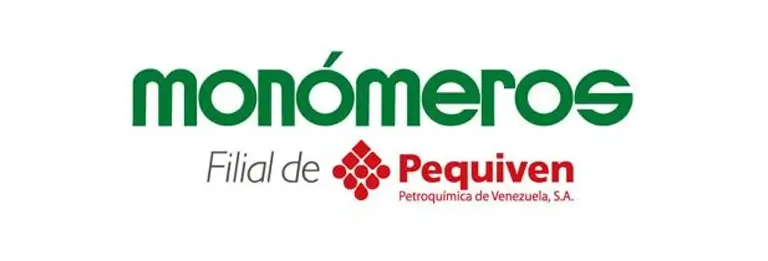TPIRC Automates Business Processes to Treat Patients With Orphan Diseases
The Translational Pulmonary & Immunology Research Center (TPIRC) deployed process automation and data analytics to develop new treatment protocols for patients suffering from rare and orphan diseases, and used document management technology to scale its practice.
TPIRC founder and Chief Medical Officer Dr. Inderpal Randhawa spent the early part of his career working in intensive care units where he saw enough children die from anaphylactic reactions to food allergens that he began to question conventional treatment protocols. He decided to dedicate his career to changing how healthcare operates. To help the medical team continue to innovate on behalf of patients, TPIRC and its second division, the Southern California Food Allergy Institute, employed Laserfiche to automate treatment plans, reduce the time practitioners spend on paperwork, and share information between clinical and research divisions.
In addition to regular treatments, at the onset of the COVID-19 pandemic the clinic rapidly rolled out a key Laserfiche form and automated business process, which were used to schedule COVID-19 testing for high-risk patients, ensuring continuity of care.
Innovation Fueled by Data Analytics
Healthcare is one of the fastest growing segments of the U.S. economy, yet it’s one of the slowest moving in regards to innovation. TPIRC’s mission is to close that innovation gap by developing new treatment protocols for conditions other physicians no longer try to treat or cure, a category known as orphan diseases. To advance its mission, TPIRC relies on complex clinical processes and huge amounts of data which must be shared efficiently between practitioners.
“What separates us from other physicians who are attempting to do any type of food allergy treatment is data analytics,” said Herman Sandhu, medical liaison at TPIRC. TPIRC physicians compare the results of lab tests to over 1 trillion data points TPIRC has gathered over the years.
Previously, TPIRC managed data for each patient manually, using a spreadsheet program. The laborious process led to employee overtime and made it difficult to identify data or process bottlenecks. The center connected with Laserfiche to implement a Laserfiche enterprise content management (ECM) system, then began eliminating siloed programs and automating patient data tracking.
“Document sharing, document storage, and the ability to automate processes are important for us as we expand our program,” said Sandhu. “Finding a way to operate in an efficient manner, with processes as automated as possible, was what led us down the road to adopting an ECM solution. … Once we saw how Laserfiche improved efficiency and gave us access to specific data points, we decided that we would like for each department to start to operate within Laserfiche, using the program for any tasks that could be automated or would benefit from some type of workflow.”
TPIRC implemented a pair of Laserfiche solutions to communicate the results of lab analyses and automate the development of treatment plans for food allergy patients.
Sandhu built the Lab Analysis Workflow, an automated workflow in Laserfiche that routes patients’ lab results to multiple physicians who can provide an assessment or extract information from the results. This allows the team to smoothly communicate their medical and data analysis, and track when each portion of medical analysis is complete.
“Before, I would’ve had to manually check all the dates, whereas Laserfiche gives me the kind of time stamp data that allows me to understand how long processes are taking,” said Sandhu. “Laserfiche allowed me to understand where bottlenecks were occurring and how I could improve the process. And then, the amount of time being spent on each patient did speed up.”
After the Lab Workflow Process is complete, TPIRC practitioners are able to predict the level of allergens that will cause a reaction in a particular patient and develop a course of treatment that will desensitize the patient over approximately 18 months.
Before implementing Laserfiche, Sandhu and Dr. Randhawa manually typed treatment plans to distribute to practitioners as well as to the food lab, which produced the food-based “doses” patients received during each appointment. Not only was the process time consuming for the practitioners, the food lab couldn’t easily export data to understand how many doses of each food they needed to prepare for each day or each appointment.
To digitally transform this process, Sandhu used Laserfiche to create a custom form that included the patient’s identifying number, the type of food they would consume during each visit, the amount of each food dose, and the number of doses need. “Now when our food lab production team needs to know the number of doses to produce, they can just pull a report,” said Sandhu.
The form also allows TPIRC to add to their growing data set, and further increase the effectiveness of their treatments.

Testing Patients for COVID-19
At the onset of the COVID-19 pandemic, the TPIRC team knew they couldn’t interrupt their essential health services. In order to maintain continuity of care while preventing the spread of the disease, TPIRC began testing patients for COVID-19, assisted by a Laserfiche automated business process.
Over two days, Sandhu quickly built a business process in Laserfiche to receive COVID test requests. The process begins with patients filling out a Laserfiche form, providing information including their exposure history, their distance from the TPIRC clinic, and their age.
“With everyone scared and unsure what was going on, everyone wanted to get tested, but certain patients needed to be tested sooner than others,” said Sandhu. “Laserfiche helped us to prioritize patients and keep track of them.”
Through a Laserfiche automated process, TPIRC emailed patients consent forms and invoices prior to testing. Following the test, results were uploaded and routed to the diagnostic manager, who performed a medical analysis then marked the test results as either positive, negative, or invalid. The process then branched off into multiple flows depending on the results: Patients who received negative tests were sent an email, while results that were marked positive received a second look from one of TPIRC’s main providers. If the provider confirmed a positive result, the Laserfiche process prompted a member of the provider team to reach out to the effected family to offer guidance. All results were saved to the repository.
“Our biggest win from Laserfiche came when COVID hit. We’ve tested over 500 patients now,” said Sandhu. “Our patients needed to feel like when they were showing up to a clinic, they were in a safe environment. If we don’t have trust, we can’t offer them treatment.”
Maximizing Efficiency to Provide Care for More Patients
After implementing Laserfiche, TPIRC immediately saw a reduction in the amount of practitioner overtime. Rather than spending two to three hours of overtime per week manually completing essential documentation, providers were able to regain some work-life balance.
At the same time, TPIRC has seen an improvement in the flow of information and data between the center’s divisions. In the healthcare industry, clinical practitioners, medical researchers, and patient advocates generally operate independently of one another, even though their work influences each other’s results. In an effort to realign this disjointed system, TPIRC houses not only clinical providers, but their own research and diagnostic lab, as well as an advocacy center.
“We can push all of our patient data to the researchers, and start to discover new bio-markers that we can use to test patients,” Sandhu said. “This increases our efficiency rate and the scope we’re operating within.”
As the footprint of the organization expands, so will the number of orphan and rare diseases that TPIRC treats as well as the efficacy of the treatments already in place. Dr. Randhawa’s research has already increased the life expectancy of patients suffering from cystic fibrosis from about 15 years to about 25-30. The organization considers this to be a good starting point — and positive progress toward its ultimate goal of leaving no disease behind.





